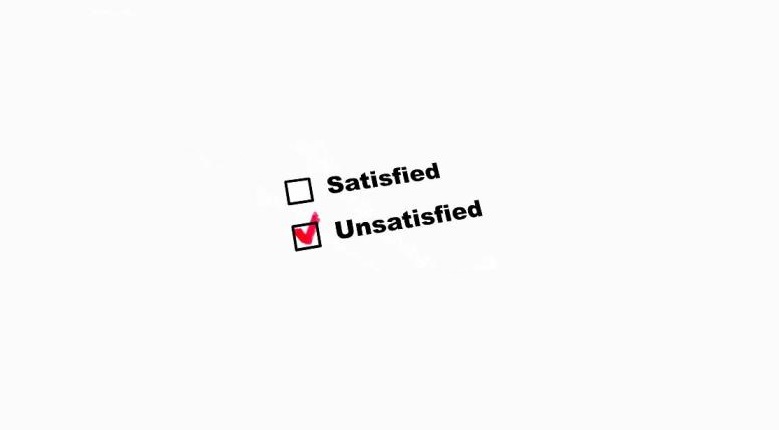Today’s blog comes from a real life experience I recently had.
I received a negative review the other day (just like anytime someone critiqued your work or said something that brought you down, you wanted to respond.) But the issue is not one of needing to be in agreement or needing to be right but an issue of communication and clarification from both parties.
You may be wondering, Why would Dr. Kevin write about a negative review?
Because I desire high levels of clarification, communication and satisfaction for myself and anyone I come into contact with, especially if this individual is using their resources to secure time with me.
So below you will see the comment made by this individual and my response.
Re-Action to Dis-Satisfaction
Client:
“Most of the hour was talk about things that I was already aware of or was not pertinent. The short adjustment was rough and painful and I did not notice any improvement in my condition afterwards.”
Dr. Kevin:
“Thank you for your commentary and I would be happy to address any concerns of our time together if only a contact was made. But to address these concerns please continue reading.
In a significant percentage of health concerns what is often thought of as the problem is really the response to the true problem. Let me provide an example below.
If a patient presents with right foot pain, and there was no recent direct injury that is able to be identified then the discovery process begins.
The painful area has dozens if not hundreds of connections, both very close and distant within the body that can appear by the untrained eye as unrelated. In this example, the problem can be coming from the same side calf, knee, thigh, or hip as a local referred pain issue. But the symptoms can be generated due to compensatory patterns that are derived from the opposite foot, ankle, calf, knee, thigh, or hip as well as either or both sides of the hips and or pelvis. If the issue is then identified as compensatory, (which, in this case it is) then everything else above the waist must be analyzed as well, therefore making the healing process and WHOLE-istic one.
This example above is only describing the biomechanical properties of an issue and not addressing the nutritional, mental emotional or pollution/toxins concerns of the body, which it has been attempting to manage over a life time.
What everyone needs to recognize is that feeling healthy does not equate to health and feeling sick does not equate to being sick and the causes are multidimensional and complicated. If it was easy, we’d be the healthiest society on this planet, but were ranked close to 40th.
The comment concerning non-pertinent information has me the most disappointed and I take it as a personal failure that I was unable to help her connect the dots. Which, as stated above, were things that she may have been aware of, but objectively the muscle testing and other indicators continued to demonstrate to me that they are affecting her. In addition, the individual, who is responsible for self, didn’t followed up, asked alternative questions or made anything known to be a concern to be addressed.
Finally, at the conclusion of our appointment, which extended an additional 30 minutes due to the nature and depth of inquires. I went through a number of follow up objective and subjective tests to determine if there were any issues needing to be addressed before departing. This is a process that is completed with every client. In this instance, objectively, we were good to close out the appointment and in my recollection; the client stated that everything was acceptable. If otherwise, I would have proceeded to complete any work necessary to leave the situation with higher satisfaction.
My work, carrier and life are all wrapped in to one and I take what I do extremely seriously and I am very proud with the results that continue to be reported by numerous other clients. I, of course will take this experience into significant consideration.
In the future, I am happy to extend an offer of a complimentary 20 minute phone conversation session to this client to ask the questions and to have the conversation to assist in the positive improvement that we all are both looking for.
Best regards,
Dr. Kevin”
“Seek first to understand, then be understood” – Steven Covey, 7 Habits of Highly Effective People






Leave A Comment